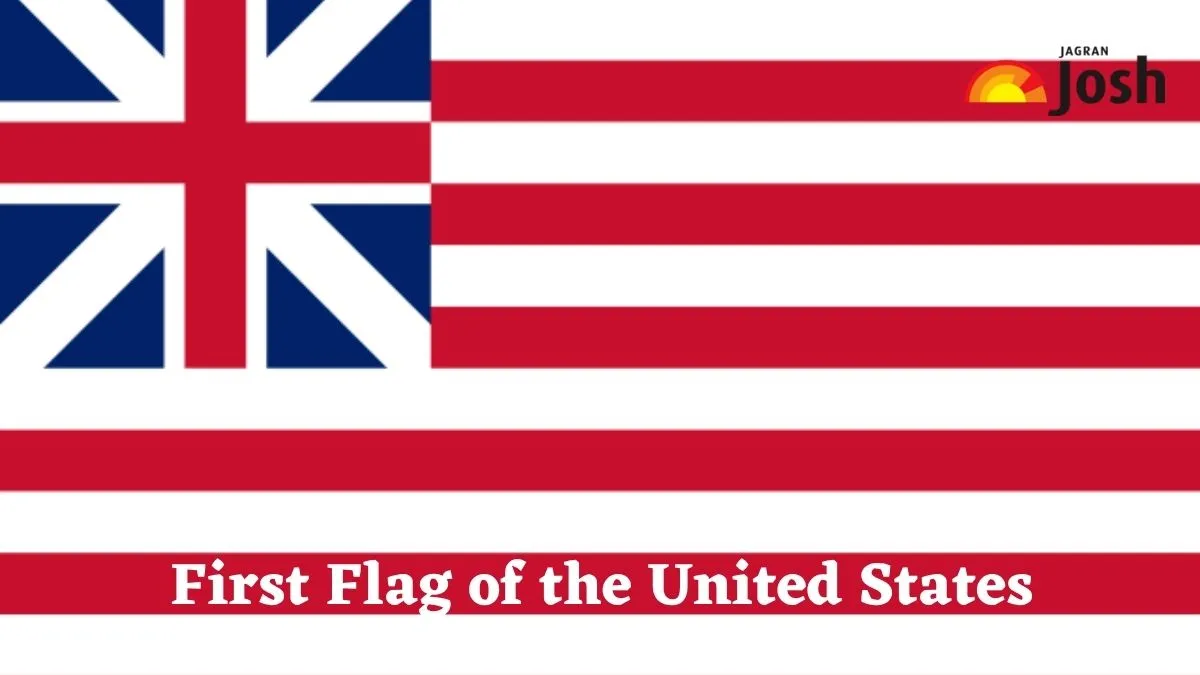The iconic American flag is a timeless representation of liberty and solidarity. However, have you ever questioned where it came from? The history of the first flag of the United States is more than just a historical anecdote; it is a story of the aspirations of a young country, a record of its fight for independence, and a reflection of its founding principles. It is also a story that began not on a battlefield, but with a simple resolution that would give a new country its most iconic emblem.
| First Flag of the United States | Key Details |
| Name | Grand Union Flag, also known as the Continental Colors |
| Date of First Use | December 3, 1775 |
| Design | 13 alternating red and white stripes, with the British Union Jack in the canton. |
| Symbolism | The 13 stripes represented the original thirteen colonies, while the Union Jack symbolized their continued loyalty to the British Crown at the time. |
| Replaced by | Stars and Stripes by the Flag Act of 1777 |
What was the First Flag of the United States?
The first flag of the US is widely considered to be the Grand Union Flag. It is also known as the Continental Colours. The flag was a symbol of the United Colonies and their struggle for liberty even before the official declaration of independence.
Origin and History of the Grand Union Flag
The Grand Union Flag was first hoisted on December 3, 1775, by Lieutenant John Paul Jones on the colonial warship Alfred in Philadelphia. It featured thirteen alternating red and white stripes. The stripes were a representation of the thirteen colonies back then. In the canton (the upper-left corner), it displayed the British Union Jack.
This design was a clear statement of the colonies' position at the time. The thirteen stripes symbolized their unity in the fight for their rights, while the Union Jack showed that they still considered themselves British subjects. But they were hoping for a peaceful resolution with the Crown.
Check Out:What is the History of the American Flag? From Colony to Country
Facts about the First United States Flag
Did you know? The Grand Union Flag was used by the Continental Army and Navy as their official banner. However, it was replaced by the Stars and Stripes in 1777. Here are a few more key facts about the first American flag you may not know yet:
-
The Betsy Ross Flag: The legend behind Betsy Ross sewing the first American flag or making the first Stars and Stripes is a popular one. However, there is no conclusive evidence to support the claim except that Ross was a flag maker in Philadelphia. The design is often attributed to Francis Hopkinson in reality. Interestingly, he was also a signer of the Declaration of Independence.
-
The Flag Act of 1777: The Continental Congress passed the first Flag Act on June 14, 1777, with the following resolution: "Resolved, That the flag of the thirteen United States be thirteen stripes, alternate red and white; that the union be thirteen stars, white in a blue field, representing a new constellation." The United States' first official flag was created by this statute.
-
Meaning of the Colors: The flag's colors have symbolic meaning. First of all, red is a hue that symbolizes bravery and tenacity. White then represents innocence and purity. Last but not least, blue represents justice, tenacity, and attentiveness.
-
Evolution of the Flag: The design of the American flag has evolved as new states have been added to the Union. The flag has been updated 27 times to include a star for each new state from the original 13 stars. The current 50-star flag was adopted in 1960 after Hawaii became a state.
-
The Star-Spangled Banner: The famous Star-Spangled Banner flag that inspired the national anthem had 15 stars and 15 stripes, as per the 1795 Flag Act. It was later decided to revert to the original 13 stripes to represent the thirteen original colonies.
Check Out: List of National Flags of the United States of America
The Grand Union Flag represents a crucial moment in American history. It was a symbol of unity and defiance that paved the way for the birth of a new nation. While the design has evolved with time, the principles of freedom and liberty that the flag represents remain as strong as ever. The American flag is a living piece of history, a reminder of the sacrifices made for freedom, and a source of pride for all Americans.
